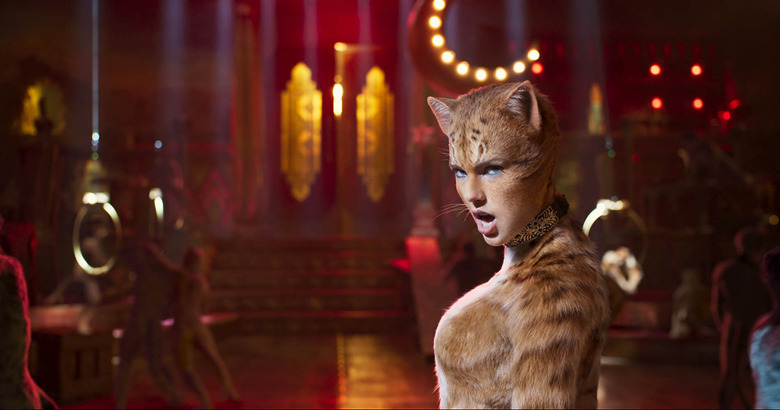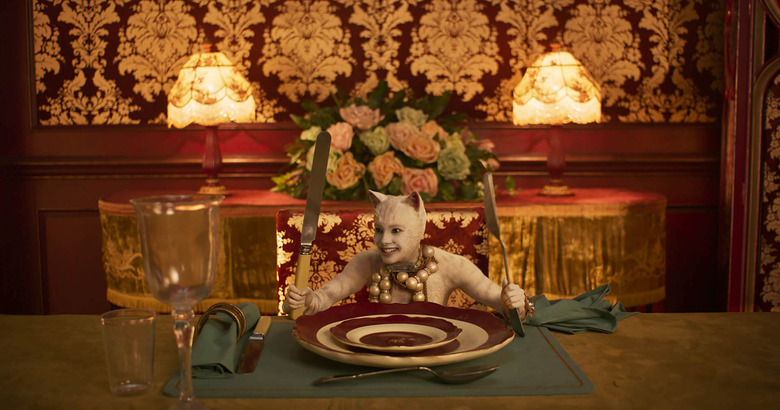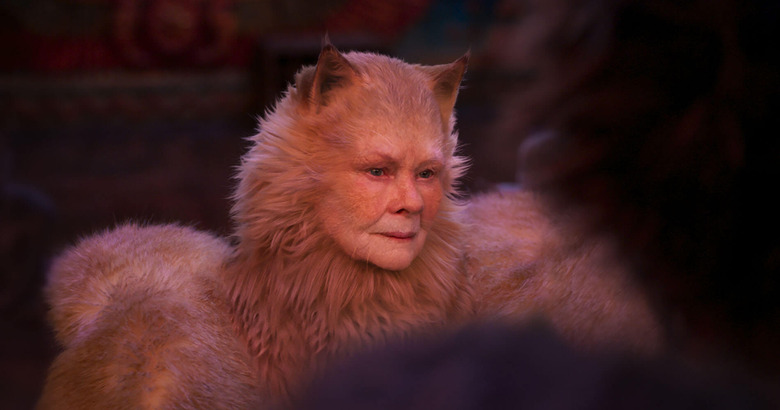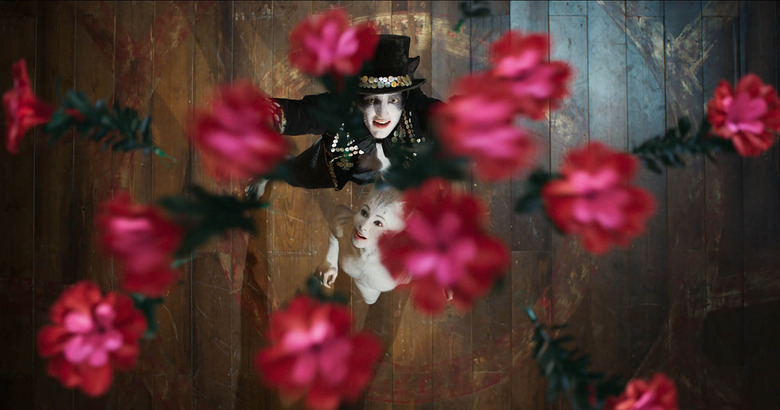How Cats Became A Box Office Catastrophe
What a way to close the decade. All the hopes of delivering the endearing musical classic, Cats, to the big screen is all but lost. Produced by Universal, Cats is receiving some of the worst box office performances you will ever witness.
Universal must have seen this coming. The film uses live-action performances and CGI to create cat-like characters (or is it human-like cats?), which the world glimpsed for the first time in the Cats that shocked the world earlier this year. That was just the beginning. Critics brought their claws out, tearing the film to shreds with poor reviews. It also begs the question: Do we really want to see lifelike versions of animals in film?
Box office disaster
A film typically needs to make twice its budget to break even due to extensive and varied marketing costs that come after the production budget. Cats had a budget of $100 million; Universal would need twice that amount to balance their sheets, but it opened with an abysmal worldwide total of $6.5 million in its opening weekend.
That amount is even lower than Universal's already pessimistic $20 million opening weekend prediction. Considering the excitement around films are normally at its highest in its first two weeks, its performance so far spells big trouble for the studio.
December was always going to be tough for business. This is especially true for big-budget blockbusters who would be competing the event films from big boys like Disney. Star Wars has made a home for itself over the past few years with its big December releases, not to mention Frozen 2, which is still pulling in audiences a month into its release. In fact, even Disney probably knew their films could have come into conflict, releasing Frozen 2 way ahead of Star Wars so families don't have to choose. Cats should've seen this coming.
The stuff of nightmares
We probably don't need to remind you of the backlash the internet unleashed upon Cats the moment the Cats trailer dropped. Viewers gasped in horror as Universal's vision of adding cat fur and features to the proportions of a human body was finally revealed. It was uncomfortable to look at, a clear example of the uncanny valley, where viewers are unsettled by artificially constructed beings that are just shy of realism. Think characters from The Polar Express, or Henry Cavill's CGI chin in Justice League.
The trailer clearly foreshadowed its inevitable box office doom, with a 70% disapproval rating on YouTube, never mind the savage comments. In fact, they could have learned plenty from Sonic: The Hedgehog. Flipping the script, the Sonic team has set a gold standard on how to deal with fan backlash. They went back to the drawing board, revamping the look of Sonic and the feel of the entire movie. We don't know how it will perform in the box office, but with its approval ratings at an encouraging 98%, listening to the fans is surely the way to go in times like these.
Panned by critics
Reviews for Cats were embargoed prior to its release, which usually signals a lack of confidence in a film. And once they were out, critics were quick to rip the film apart. Many listed it in their Worst of the Decade lists. Rotten Tomatoes aggregated a score of 18%, and an audience score of 54%, which won't encourage anyone to the cinemas.
Beyond subjective opinions, critics highlighted several issues including glitchy and unpolished CGI that could have been a result of its rushed production, that took place within a single year. In contrast, this year's photo-realistic Lion King movie began work in 2016.
The film's marketing also came into question, especially its emphasis on Taylor Swift's character, Bombalurina, who had less than 10 minutes of screen time.
The issue with "realism"
And this could have been a surprise considering the endless success of the stage musical, composed by the great Andrew Lloyd Webber, based on TS Elliot's classic poem. Given its long-running success with audiences, it's not a stretch of the imagination to see it being successful on the big screen.
The problem with the Cats movie is its choice of format. The industry has grown wildly enthusiastic about photo-realistic depictions of animals on film. This year, we had The Lion King and now Cats. While the former enjoyed brilliant box office success, its reviews were lukewarm, criticising a lack of creativity.
It begs another question: Do we really want to see perfectly rendered animals on screen? There is a joy to witness actual humans pretend to be cats on stage. You feel the physicality and enthusiasm behind their performances and dance numbers. The costumes and set are also a thrilling to behold.
Much of this fantastical energy is drowned out when it becomes a product of motion-capture. Mo-cap worked with Andy Serkis' Caesar from Planet of the Apes because it was a serious sci-fi film with a realistic setting – it had to be fathomable for its concepts to work. But Cats and The Lion King exist purely in the realm of fantasy and child-like imagination. And perhaps studios ought to take a little more pride and belief in the endearing art of cartoons and animation.




